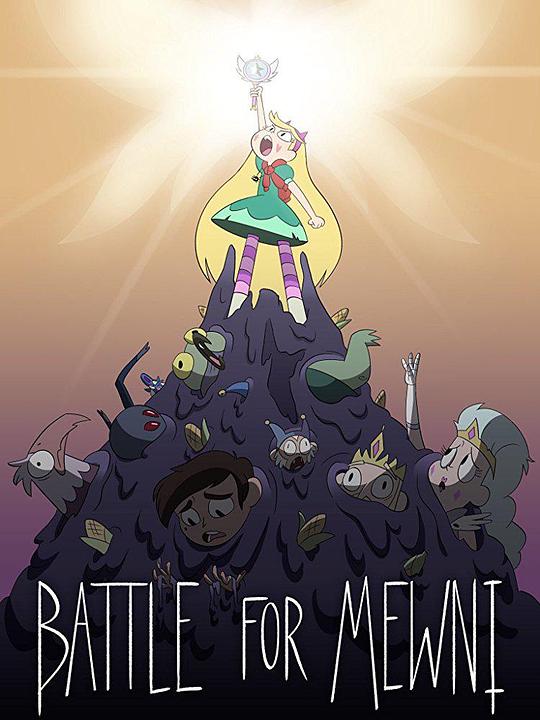
Followedbytheconclusionfrombefore,manymoreaffairsensuewithinthelandofMewniandintheworldofthoseinflue[展开全部]
类型:动作,动画,冒险,欧美动漫
主演:Jillian Michaels,迈克尔·亚当思韦特,安德鲁·弗朗西斯,山姆·文森特,文森·童,吉尔斯·潘顿,布瑞恩·德拉蒙德,Paul Dobson,Deven Christian Mack,凯莉·梅茲格,Brent Miller,Sabrina Pitre
评分:4.0